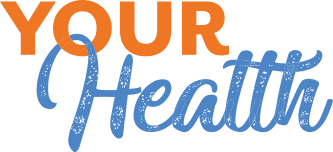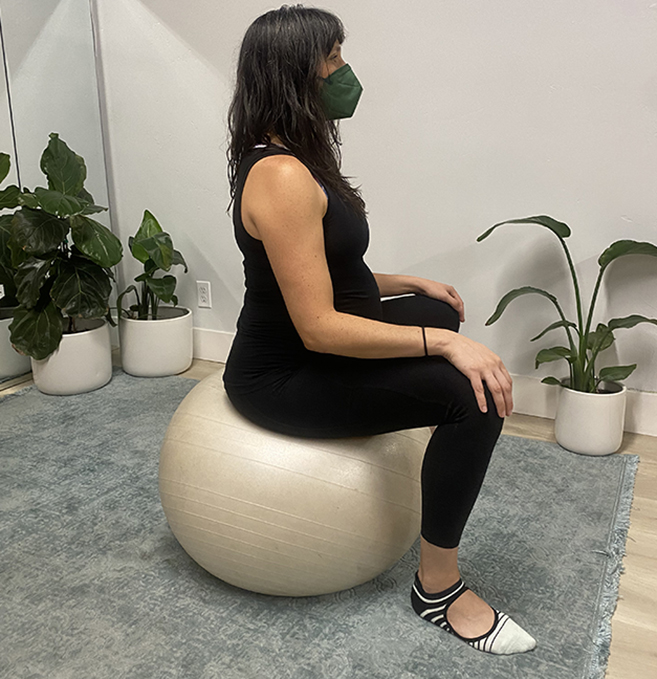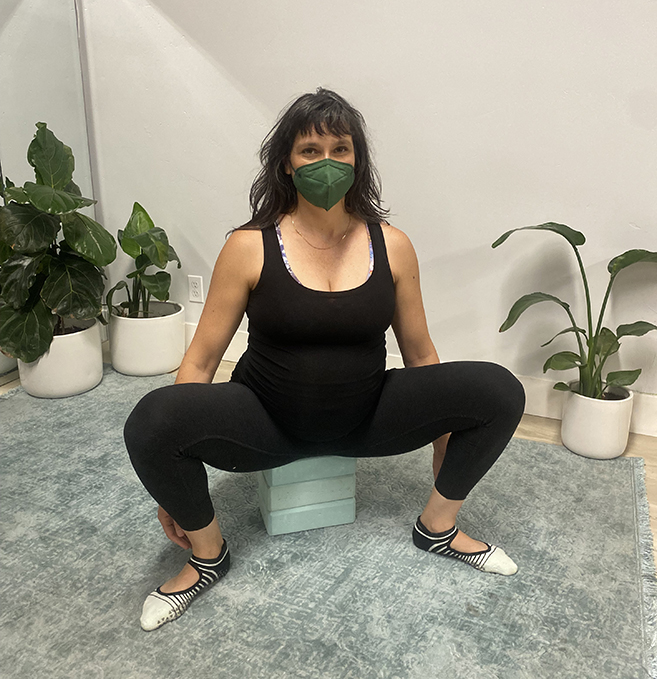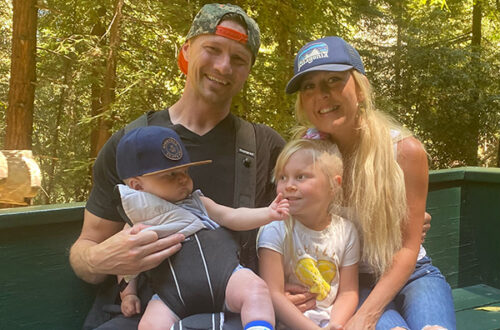
Pregnancy Health
Pilates for Motherhood
by Sandy Novembre
& Amelia Foster DPT
The foundation of Pilates teaches core control, breath and alignment. Understanding body awareness and form are an essential part of strengthening a Diastasis Recti, tending to pelvic floor health and improving posture. The props in a mat class or springs on the pilates equipment give both assistance and resistance to challenge muscles at their full length. Each exercise brings focus and intention to how you move your body. An integrated workout will leave you feeling elongated and connected. Physical Therapy and Pilates for prenatal and postpartum care helps with pregnancy comfort, ease of delivery and a resilient postpartum experience. As the baby and belly grow, it becomes important to strengthen while maintaining length. The instinct to tighten more can create tension in muscles that need to be flexible for labor and delivery. Pilates teaches strategies of movement to create strength and mobility to help through all the stages of pregnancy and parenthood.
When it comes to the “to-do” list for pregnancy, few things can be prioritized higher than preparing your body for childbirth!
At the top of the list, we recommend learning when and how to use your pelvic floor muscles. The pelvic floor muscles create a layered hammock of support beneath your bladder, rectum and uterus. As part of our “core”, they help stabilize your pelvis and assist in bladder and bowel control. During childbirth, the pelvic floor should relax and stretch in the “pushing” phase of labor.
While many people are familiar with the concept of doing a “kegel” or pelvic floor muscle contraction, few have given thought to the sensation of actually relaxing the pelvic floor. It is common to hold tension in your pelvic floor without even realizing it! Learning where these muscles live, how to contract them, and most importantly how to relax them should be the first step in your preparation. Pilates props (like birthing balls) can be helpful feedback in “getting to know” this muscle group (see photo 1.)
Once you’ve located your pelvic floor, the next step is to develop a routine to keep your body limber and mobile for the different phases of birth. This routine should include stretches for your hip rotators, hip flexors, inner thighs, and spine (see photos.)
In each position, continue to practice the sensation of releasing tension in the muscles of the pelvic floor.

Pelvic Floor Sit
- Sit on the ball (or folded towel between your sit bones) with legs wide.
- Feel the pelvic floor muscles in contact with the ball
- Stack the spine long with the ribcage over the pelvis
- Inhale while allowing the pelvic floor to expand on the ball
- Exhale and gently lift the pelvic floor off of the ball.

Mermaid
- Sit on a blanket for ease in hips
- Keep ribs and hips square to the front
- Reach up and open as you bend your spine to the side.

Supported Deep Squat
- Sit on yoga blocks or stool in a deep squat
- Keep your feet and knees wide to open the hips and inner thighs
- Take smooth, focused breaths releasing tension in your pelvic floor.

Abductor Rockbacks
- Kneel on one knee with opposite leg stretched out
- Support upper body with arms
- Rock back into bent knee
- Relax pelvic floor while stretching inner thigh
Monarch Pilates is a full service studio offering one on one Physical Therapy, Private & Semi Private Pilates and Reformer classes. We provide a variety of services to assist through the journey of pregnancy and beyond. We are passionate about helping women to enjoy this precious time and begin parenthood with confidence in your strength.



You May Also Like

Leo Tischler
September 29, 2022
Financial Savvy
September 29, 2022

